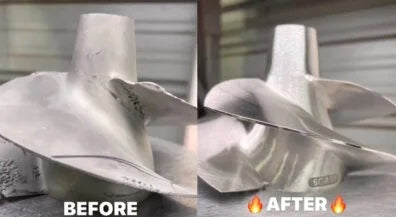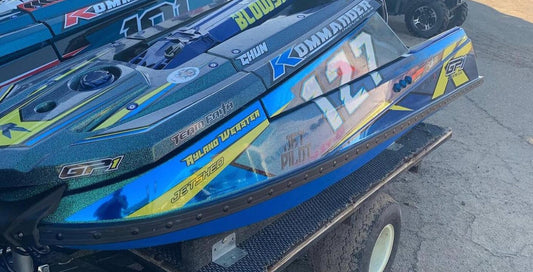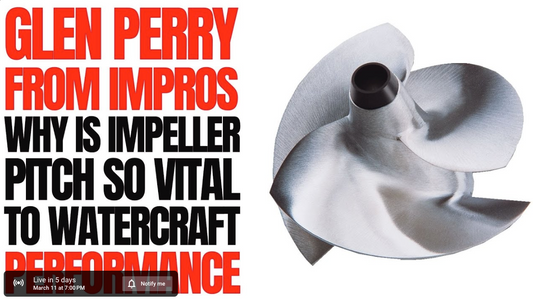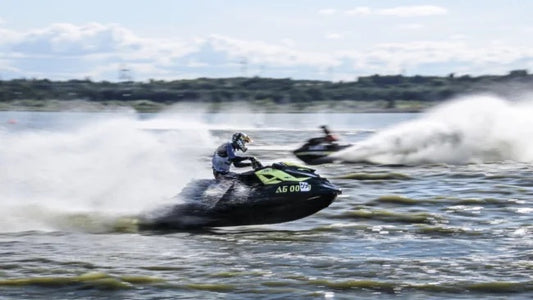“Even the most passionate and upbeat PWC rider will admit that it is not a sport, or a recreational pursuit, for the lazy and inattentive. As with most powerful machines, a jet ski consists of a slew of systems and components that all must work properly, and in unison.
While items such as engines, fuel systems and steering components are on the hot-topic list for required maintenance, repairs and/or replacement, the impeller is often overlooked – with sometimes disastrous and costly consequences.”
Jessica Waters of the Watercraft Journal describes the importance of Impeller Repair and maintenance of vital systems.
“The impeller is a vital component of the propulsion system. For newer or less mechanically-inclined PWC owners, the impeller on a jet ski is similar in appearance to a propeller on a boat, but is located inside what is known as a wear ring, and the rotation of the impeller creates a sucking force, drawing water through the PWC’s intake grate, and expelling it with force out from the steering nozzle.”
“As WCJ Editor-in-Chief Kevin Shaw stresses in this clip from the Tips for More MPG & Added Engine Life podcast, the impeller is a wear item, just like brake pads and tires on your motorcycle, and checking the condition of your impeller should be a regular item on your PWC-owner to-do list.”
How often should you inspect your impeller? Jessica explains:
“PWC manufacturers and mechanics alike recommend inspecting your impeller every year or every 100 hours – checking not only the leading edges, but also the trailing edges, looking for any imperfections such as gashes, chips, dings, or bends.
A damaged prop can cause slowed acceleration, lowered engine RPM, reduced top speeds and what is called a mechanical harmonic – a vibration that can cause a lot of wear on not only the wear ring, but on the hull bearings on a Yamaha or Kawasaki, or on the carbon seal of a Sea-Doo, as well as the output shaft – all of which can be major problems leading to major repair expenditures and down-time. Damaged impellers also result in cavitation, and cavitation does NOT translate into thrust.”
Read the full article here.




